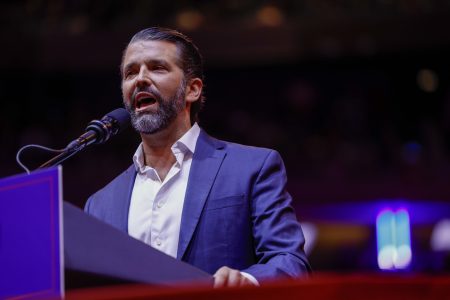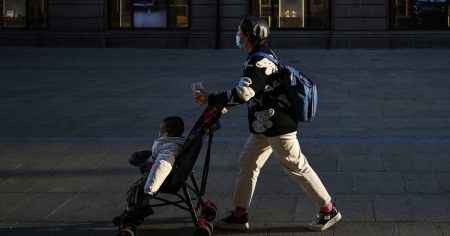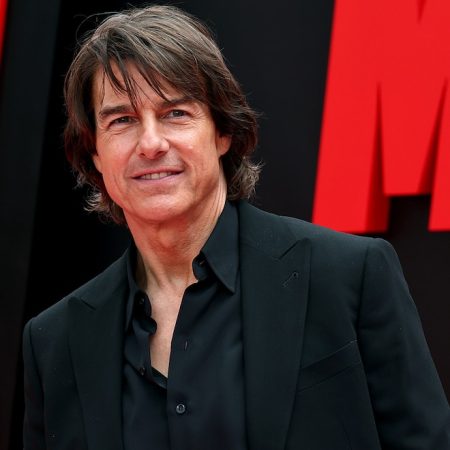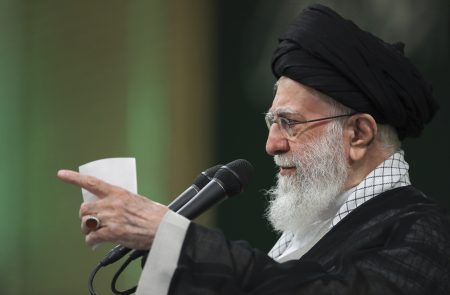In the current era of technology and social media, presidential candidates must navigate a rapidly changing media landscape to effectively reach and engage with voters. Traditional methods of communication, such as television ads and press conferences, are being supplemented – and in some cases, replaced – by social media platforms like Twitter, Facebook, and Instagram. Candidates are able to communicate directly with their supporters, bypassing traditional news outlets and shaping their own narrative in real-time. This shift has allowed for more immediate and personalized interactions with voters, but also presents challenges in terms of controlling messaging and combating misinformation.
The rise of social media has also led to a blurring of the lines between traditional journalism and citizen journalism. Anyone with a smartphone and internet connection can now become a reporter or commentator, sharing their own perspectives and opinions on political events. This democratization of media has both positive and negative implications for presidential candidates. On one hand, candidates have access to a more diverse array of voices and viewpoints, allowing for a more nuanced understanding of voter sentiment. On the other hand, the proliferation of fake news and misinformation on social media can make it difficult for candidates to control their own messaging and combat negative narratives.
In addition to social media, candidates must also contend with the evolving landscape of online advertising. Targeted digital ads have become a crucial tool for reaching specific demographics and influencing undecided voters. Candidates can use data analytics to tailor their messaging and targeting strategies, ensuring that their ads reach the right audience at the right time. This level of precision and micro-targeting was not possible with traditional forms of advertising, giving candidates a more direct and personalized way to connect with voters.
Another key aspect of the media future for presidential candidates is the growing influence of online influencers and social media celebrities. These individuals, who have amassed large followings on platforms like YouTube, TikTok, and Instagram, can be valuable allies in amplifying a candidate’s message and reaching younger audiences. By partnering with influencers, candidates can tap into their existing fan base and leverage their reach to spread their campaign message. This influencer marketing strategy has the potential to reach new demographics and engage with voters who may not be actively consuming traditional media.
However, the reliance on social media and digital platforms also presents unique challenges for presidential candidates. The rapid pace of information dissemination on these platforms means that candidates must constantly monitor and respond to developments in real-time. A single tweet or viral video can quickly reshape the narrative of a campaign, making it essential for candidates to have a nimble and proactive social media strategy. Moreover, the echo chamber effect of social media can create a bubble of like-minded supporters, reinforcing existing beliefs and limiting exposure to diverse perspectives. Candidates must find ways to break through this echo chamber and reach across ideological divides to effectively communicate with all voters.
Overall, the media future for presidential candidates is characterized by a shift towards more personalized and interactive forms of communication. Social media, online influencers, and targeted digital ads have become essential tools for reaching and engaging with voters in a rapidly changing media landscape. While these platforms offer new opportunities for candidates to connect with supporters and shape their own narrative, they also present challenges in terms of controlling messaging, combating misinformation, and navigating the complexities of online communication. As technology continues to evolve, candidates will need to adapt their media strategies to effectively communicate with voters in a digital-first world.












